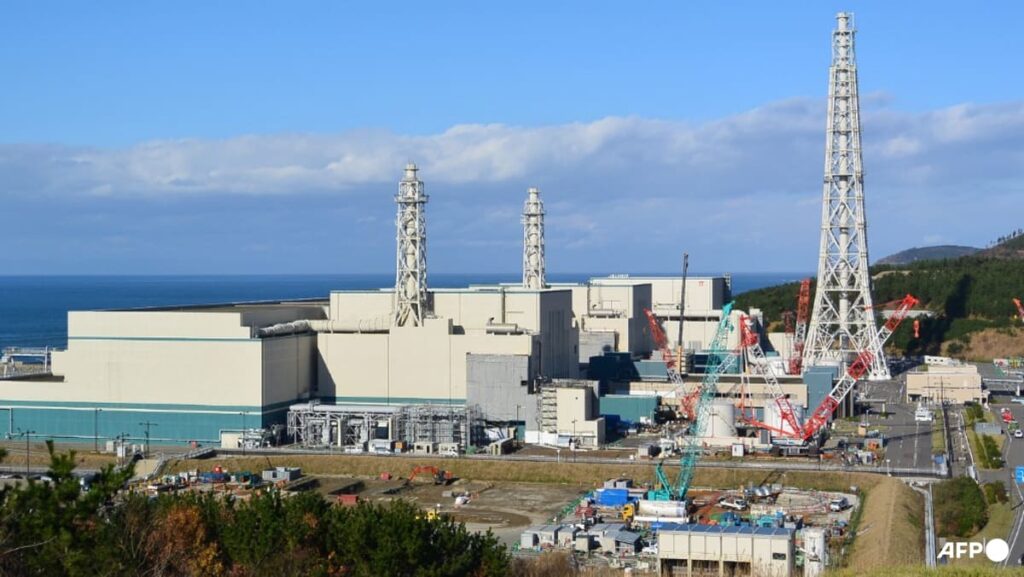Before the 2011 quake and tsunami, which killed around 18,000 people, nuclear power generated about a third of Japan’s electricity, with fossil fuels contributing most of the rest.
Power company Kansai Electric said in July it was taking an initial step towards building the nation’s first new nuclear reactor since the Fukushima disaster.
Japan is the world’s fifth-largest single-country emitter of carbon dioxide, after China, the United States, India and Russia, and is heavily dependent on imported fossil fuels.
Nearly 70 per cent of Japan’s power needs in 2023 were met by power plants burning coal, gas and oil – a figure Tokyo wants to slash to 30 to 40 per cent over the next 15 years.
Almost all these fossil fuels must be imported, at a cost of around US$500 million per day.
Japan passed a law in June allowing nuclear reactors to operate beyond 60 years to compensate for stoppages caused by “unforeseeable circumstances”.
It aims to make renewables its top power source by 2040.
Under the plan, nuclear power will account for around 20 per cent of Japan’s energy supply by 2040 – up from 5.6 per cent in 2022.
https://www.channelnewsasia.com/east-asia/japan-worlds-biggest-nuclear-plant-edges-closer-restart-5482346


